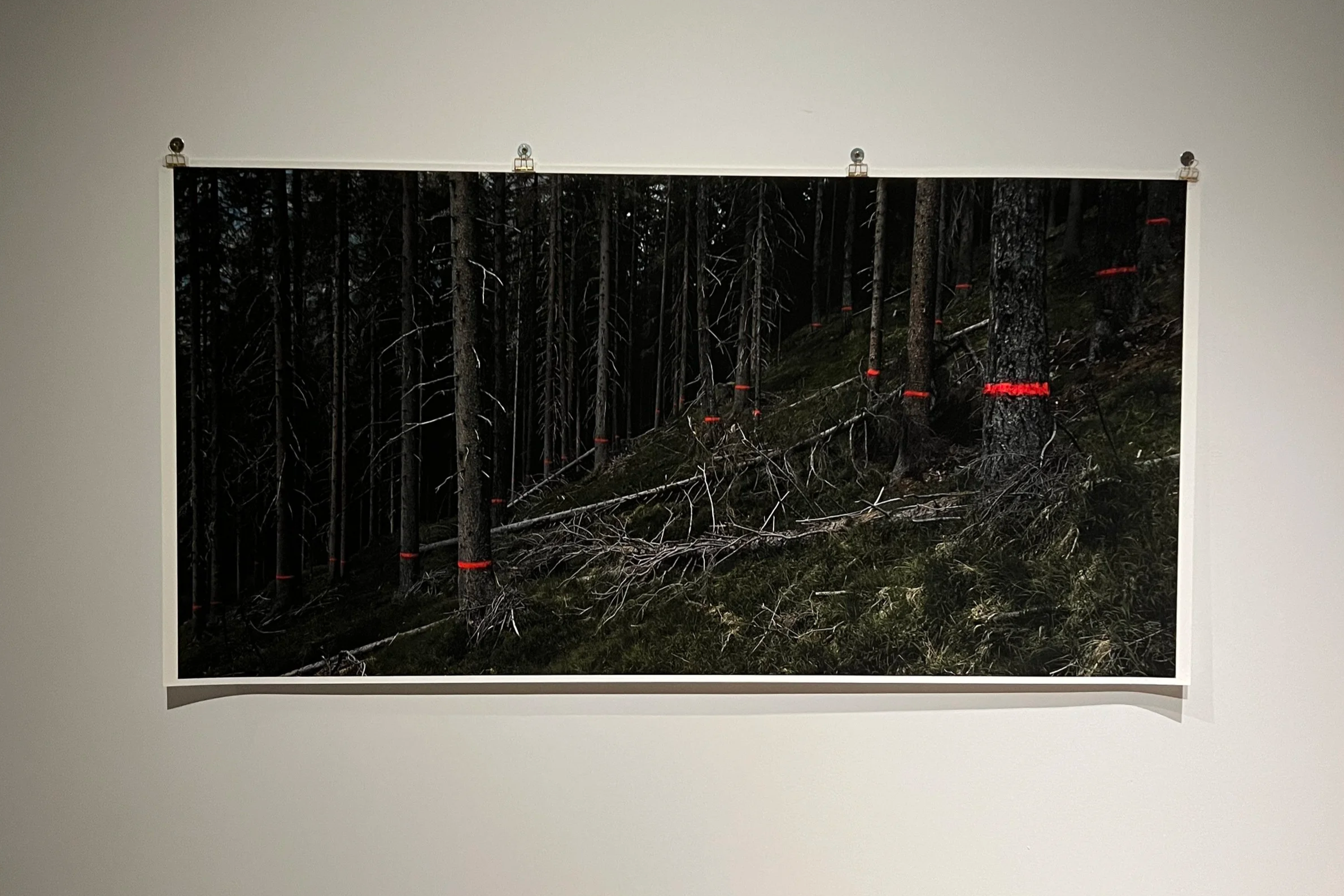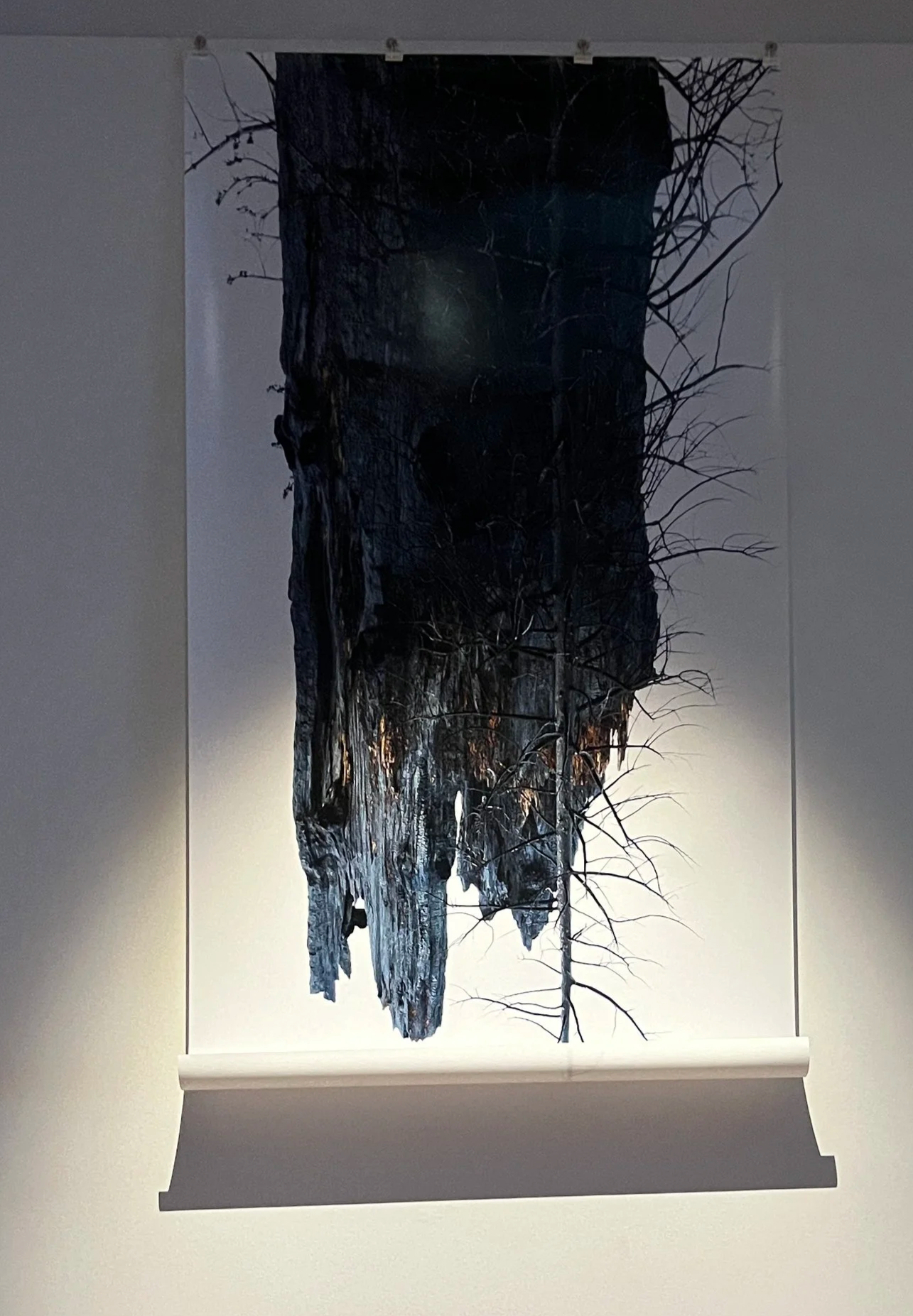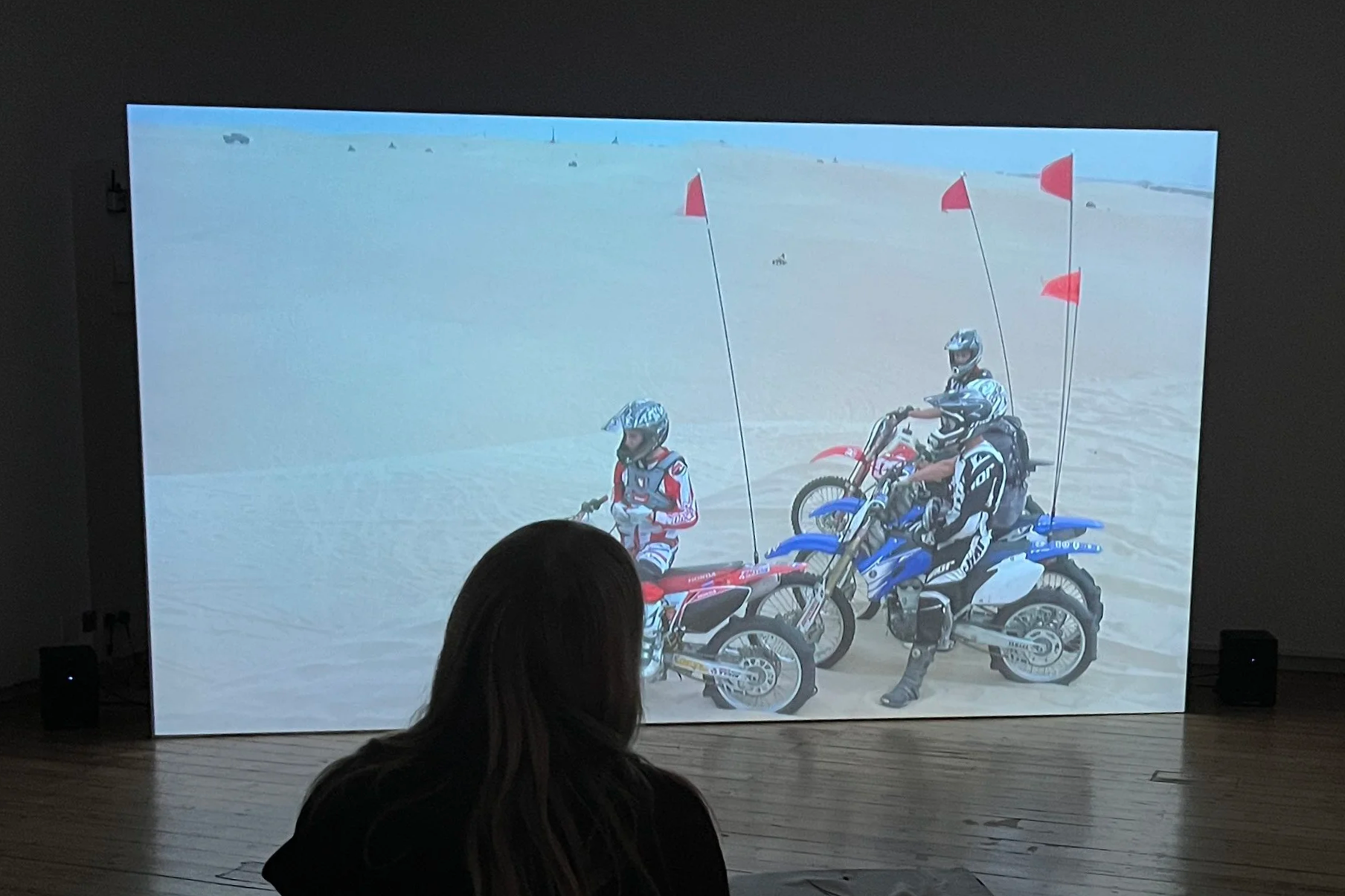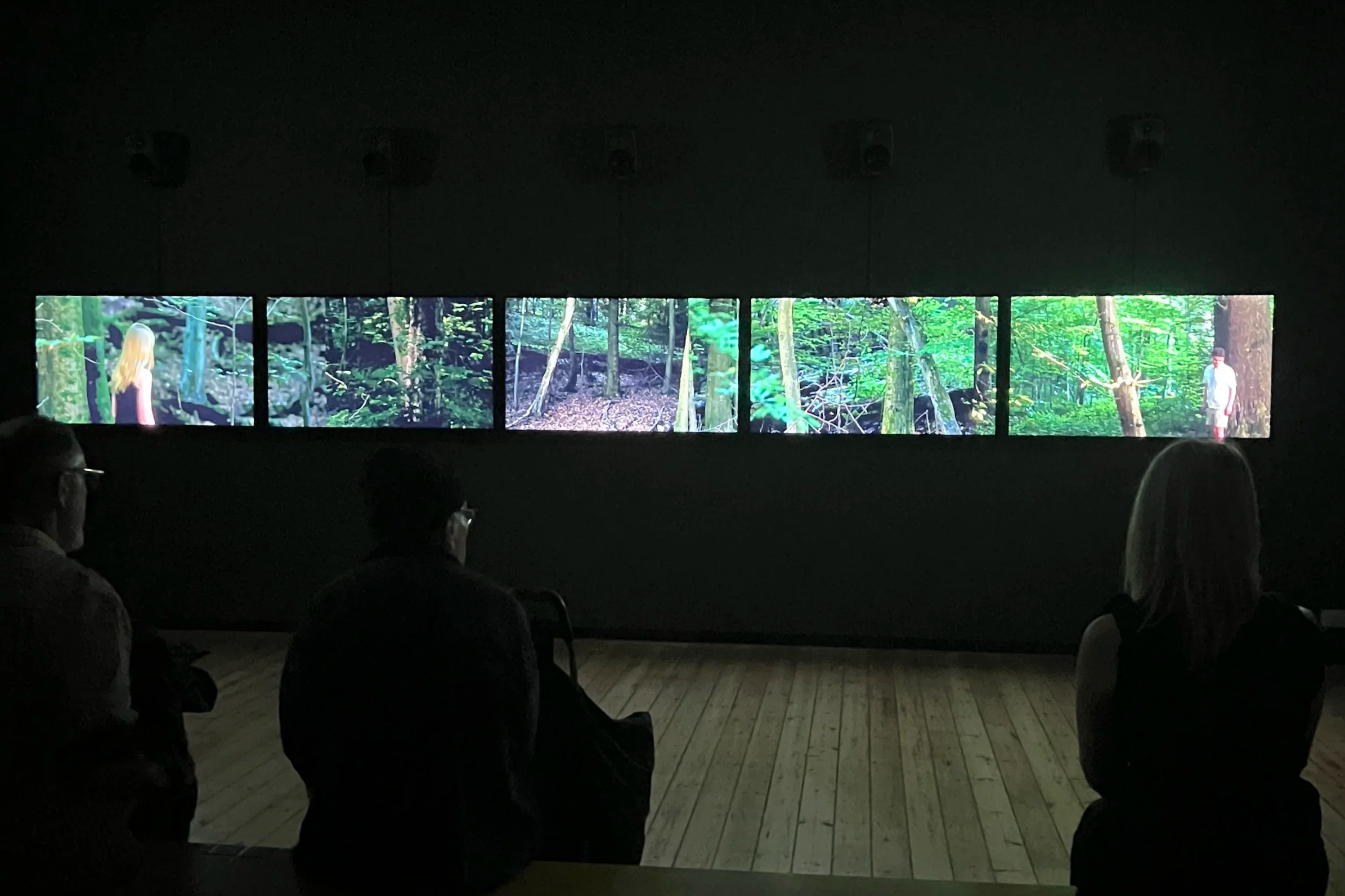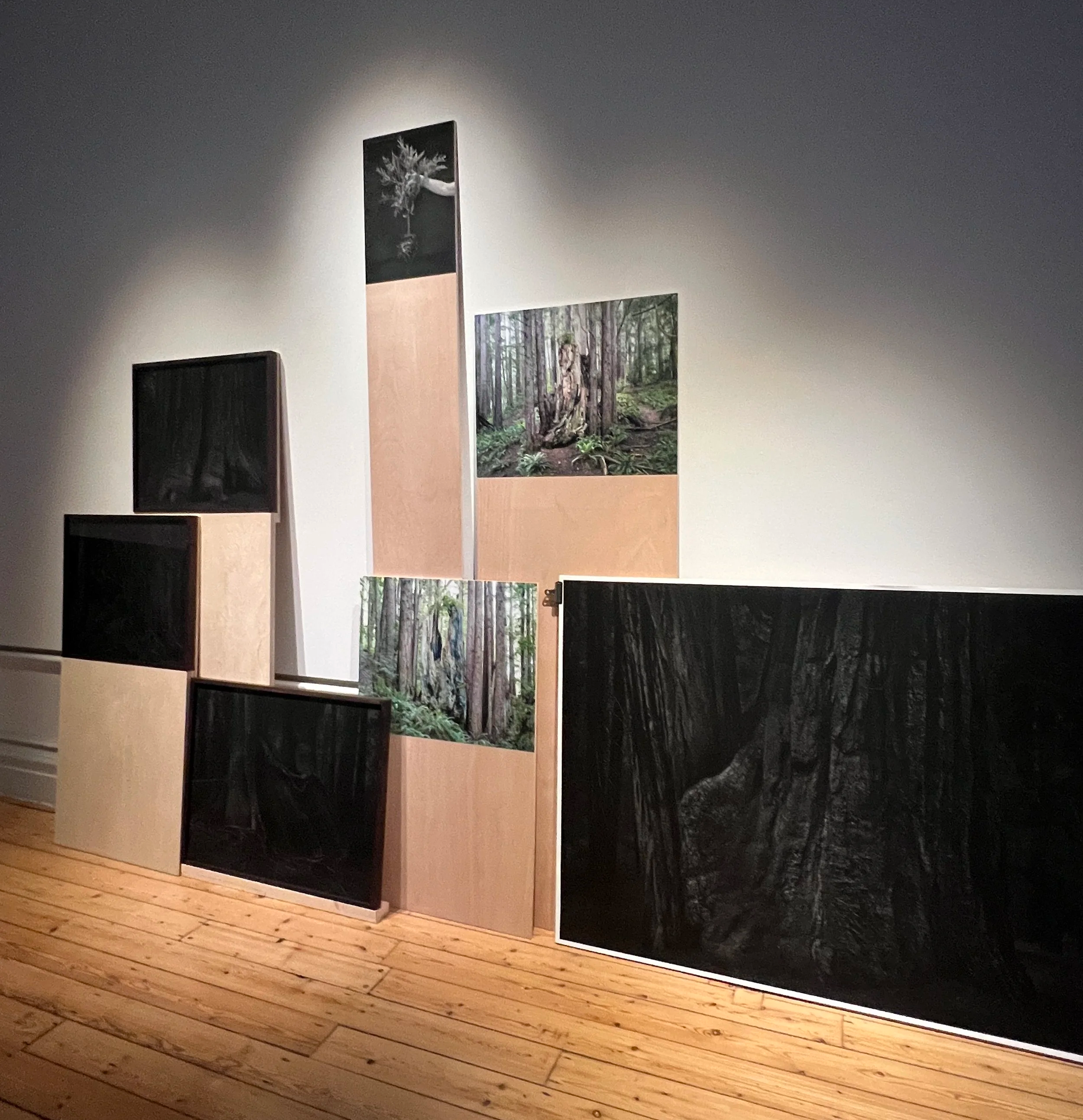Some Kind of Love: Uta Kögelsberger at the Hatton Gallery
I was kindly invited to the private viewing of Some Kind of Love: Actions and Reactions to Living on a Damaged Planet at Newcastle’s Hatton Gallery, the first impression is one of quiet intensity. The exhibition does not announce itself with spectacle but builds atmosphere through careful staging of video, photography and sound. Over time, it draws the visitor into Uta Kögelsberger’s sustained inquiry into the ways humans entangle themselves with fragile ecological systems, and the uneasy balance between grief and care that defines our present.
Kögelsberger, a German/British artist based in London, is no stranger to major platforms. Her work has been exhibited at LACMA in Los Angeles, MoMus in Thessaloniki, the Royal Academy in London and the Brighton Photo Biennial, and is held in collections including the Museum of Fine Arts Houston and LACMA. She has received the Royal Academy Wollaston Award. Yet this exhibition at the Hatton marks an important moment. It brings together several major projects alongside a new commission, presenting them as interconnected explorations of how art might both document and intervene in the age of climate breakdown.
Fire Complex (2020–22) emerged from the aftermath of the Castle Fire in California, which destroyed nearly a seventh of the world’s Giant Sequoia population. Kögelsberger’s photographic and video records are stark reminders of ecological loss, but the project is more than witness. Through collaborations with forest services and local communities, it became part of a replanting initiative that returned over six thousand trees to the land. This duality is what makes the piece powerful. It operates as a record of catastrophe but also as an active participant in regeneration. Yet it also raises questions. Can an artwork really sustain ecological repair, or does its influence rely on temporary visibility? The tension between mourning and repair is what gives the work its urgency.
Forest Complex (2023–24) looks at the invisible labour of forests that hold mountains together and protect human settlements. Through video and layered imagery the work considers not only ecological fragility but the social and political forces that make these ecosystems vulnerable. Where Fire Complex documented an immediate aftermath, Forest Complex exposes an ongoing negotiation between safety, economics and ecology. It avoids romanticism and instead shows how forests are entangled with governance and infrastructure, asking what happens when protective systems are left to fail.
Kögelsberger’s earlier project Off Road (2008–14) expands the scope further. It investigates communities around State Vehicular Recreation areas in the American West, examining how ideas of freedom and land use collide. Its presence here reminds us that her practice has always been about more than environmental crisis in a narrow sense. It is also about the social values that shape how landscapes are inhabited and managed.
The newest work, Forest Choir (2025), transforms the exhibition’s atmosphere. Developed with the Brussels Opera Youth Choir, it fills a darkened gallery with layered voices. The work draws on claims that music can accelerate plant growth and strengthen resilience, but it does not present itself as experiment. Rather it is a speculative gesture, a poetic proposition that imagines singing as a form of interspecies care. Standing in the space, the visitor feels both the solemnity of grief and the fragile possibility of communion. It is an audacious piece, not because it promises results, but because it insists that imagination and empathy are necessary tools for survival.
What unites these works is Kögelsberger’s conviction that art can move beyond representation. She collaborates with scientists, choirs, communities and conservation agencies, extending her practice into processes that are civic as much as artistic. This model has clear strengths: it brings together stakeholders who might otherwise not meet, and it demonstrates that art can catalyse visibility and action. It also has limits, since ecological crises require resources and political commitments that art cannot provide on its own. But the Hatton exhibition makes those limits part of the conversation. By showing art as both archive and catalyst, Kögelsberger insists that attention itself is a form of care.
Some Kind of Love is not a consoling exhibition. It is filled with grief, ambiguity and open questions, yet it is also suffused with love: for forests, for communities, and for the possibility of resilience. Rather than offering solutions, it asks visitors to look closely at what has been destroyed and what still survives, and to consider what it might mean to choose care over apathy in the face of climate emergency.
The exhibition runs at the Hatton Gallery, Newcastle upon Tyne, from 20 September 2025 to 24 January 2026. It is open Monday to Saturday, 10am to 5pm, with free admission. Further information is available at hattongallery.org.uk.

